Headless Commerce: A Complete Guide for Ecommerce Retailers

According to Statista, modern ecommerce is evolving rapidly, with 66% of online shoppers now using smartphones for purchases in 2022, surpassing laptops (41%) and desktop PCs (25%). Mobile ecommerce is projected to make up 40.4% of U.S. retail e-commerce sales by 2024.

This shift necessitates adaptation from e-commerce retailers. Headless commerce enables brands to deliver seamless experiences across various sales channels, ensuring a consistent customer journey regardless of the platform. It allows fine-tuning of the sales process on PC, mobile, in-app, and physical kiosks, offering a streamlined experience.
Adopting headless and modular commerce not only reduces the total cost of ownership but also enhances flexibility, functionality, and scalability for e-commerce brands looking to navigate changing consumer trends.
What is Headless Commerce?
Headless commerce is an innovative e-commerce strategy that separates the frontend customer experience from the backend commerce functionality. This decoupling enables businesses to craft highly customizable and distinctive shopping experiences across diverse digital channels.
With headless commerce, brands can design different or customized frontend layers while independently managing backend systems responsible for order management, product handling, transactions, and data. This flexibility allows brands to tailor the customer experience across channels, ensuring consistency where desired and introducing differentiation when needed.
2 Types of Headless Commerce
The term “headless commerce” is often used interchangeably with “modular commerce” and “composable commerce,” although each concept, while rooted in headless commerce, has distinct characteristics.
Modular commerce involves breaking down an e-commerce system into separate pre-built modules or components, utilizing individual microservices dedicated to specific tasks or functionalities. These modular microservices operate independently and communicate with the frontend and CMS through APIs.
Composable commerce extends the idea of modular commerce by empowering brands to select solutions that align with their specific business needs and compose them into a tailored technology stack. This approach provides flexibility and customization to meet unique requirements.
The Mechanism of Headless Commerce
In a headless commerce architecture, the frontend (presentation layer) is detached from the backend (handling business logic and commerce services), and communication between them is facilitated by APIs, which retrieve information from the backend and display it on the frontend.
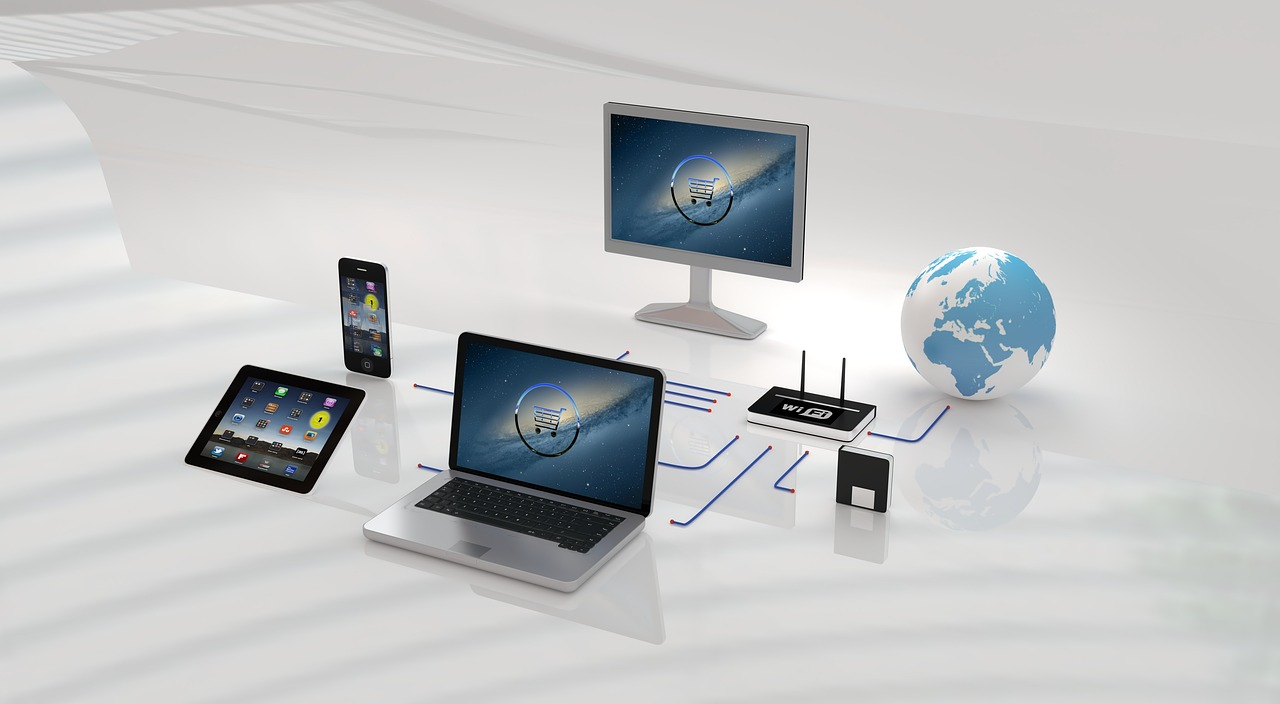
Key elements of a typical headless commerce architecture include:
-
Backend Systems: These are individual modules handling data and information, such as cart and checkout, customer relationship management (CRM), inventory management, order management system (OMS), pricing and promotions, and product information management (PIM).
-
APIs: Enabling communication between applications and services, APIs allow developers to use various frameworks without being restricted to a single technology or programming language. In a headless commerce setup, APIs push information from the backend to the frontend upon request. API orchestration involves integrating multiple APIs from different sources into a cohesive system.
-
Headless CMS: This centralizes and manages content on the backend. Unlike traditional CMS, a headless CMS separates content from display layers, delivering content to different frontend displays through APIs. This flexibility empowers developers to create unique and device-specific displays for each sales channel while utilizing the same content shared across various frontend touchpoints.
Advantages of Headless Commerce
Adopting a headless commerce platform or transitioning from a monolith offers several advantages for retailers looking to scale or expand their e-commerce operations:
-
Streamlined Integrations: Headless eCommerce, driven by APIs, simplifies integration with various systems, allowing easy incorporation of specialized tools like subscription management and marketing automation. Unlike monolithic systems, headless setups require fewer updates and patches, ensuring swift data transfer.
-
Omnichannel Capability: Adopting a headless solution supports a comprehensive omnichannel approach, leading to a 494% higher order rate, according to a report in 2022. This strategy enhances customer connections at different touchpoints throughout their purchasing journey.
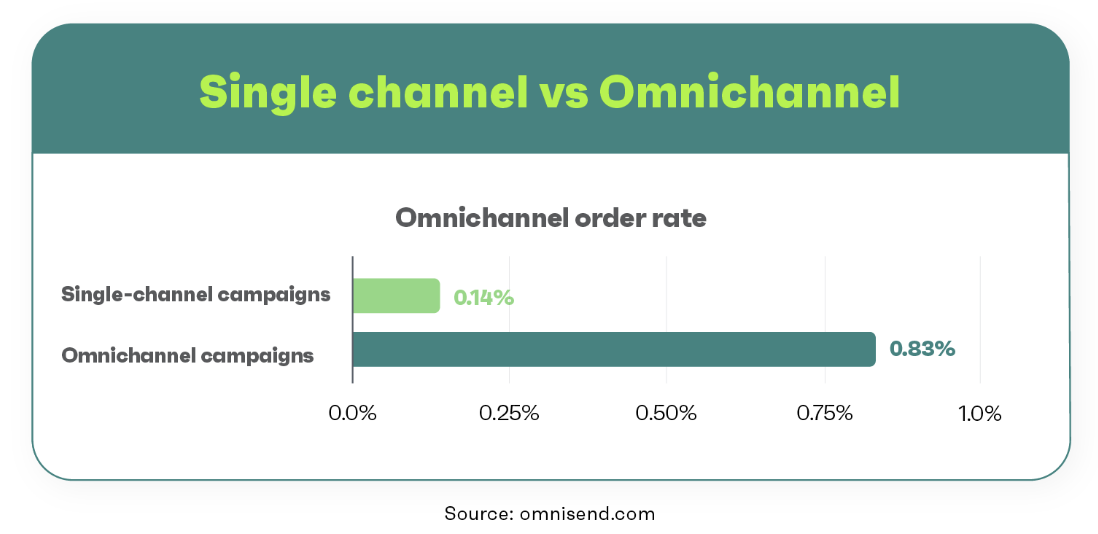
-
Cost Savings: Despite higher initial implementation costs, headless solutions offer long-term benefits, providing business agility. Frequent customization and rapid responses to consumer trends can be achieved without incurring additional costs. Savings extend to areas like product licenses, hosting fees, and website maintenance.
-
Strategic Competitive Advantage: The separation of the frontend and backend in headless commerce facilitates rapid frontend updates without disrupting the backend. This agility contrasts with traditional platforms, where updates may cause workflow delays and outages. The ability to update the site quickly enhances customer service and enables more frequent and effective releases.
-
Fast Experimentation: Headless commerce empowers eCommerce businesses to experiment with various user experiences, pricing strategies, promotions, and page layouts. This flexibility fosters innovation without the fear of disrupting backend systems, allowing companies to quickly adapt, launch new products, and optimize customer engagement.
Challenges when Adopting Headless Commerce

While headless commerce systems offer undeniable benefits, the transition may pose challenges and may not be suitable for everyone. If you’re contemplating a move to a headless platform, be mindful of the following concerns:
Increased Ownership Costs
Headless platforms often lack a built-in front-end, necessitating an additional investment. Additionally, as a pay-per-use architecture, total ownership costs increase with the number of integrations.
Higher Complexity
Managing a distributed system can be complex, especially for smaller teams. Dealing with multiple vendors and having various teams focus on different components may be more manageable for larger teams.
Replatforming Challenges
Transitioning to a headless platform, while promising long-term benefits, can be challenging and time-consuming, particularly concerning the number of front-end experiences and back-end integrations. Careful consideration of timelines at both team and company levels is crucial.
Headless Commerce Examples
Numerous brands, irrespective of size or type, have successfully embraced headless commerce, transforming their go-to-market strategies. Here are two examples illustrating how headless commerce can revolutionize retailers’ approaches:
GNC

As a global leader in the health and wellness sector, GNC recognized the significance of a mobile-friendly e-commerce strategy early on. Their initial mobile app, while tailored extensively to their needs, faced challenges due to excessive customization, slow progress, and outdated coding language.
Realizing the limitations, GNC opted for a headless e-commerce architecture for their mobile app. This shift aimed to provide a competitive edge, engaging a broader demographic, fostering loyalty, and enhancing personalized customer experiences.
Chico’s FAS

In 2022, Chico’s FAS embarked on a consumer experience modernization initiative, expanding its digital presence across all channels for brands like Chico’s, White House Black Market (WHBM), and Soma. The legacy tech stack posed challenges in creating exceptional, customer-centric experiences.
Seeking a “Connected Commerce” platform, Chico’s FAS aimed for a flexible Commerce Technology Platform to power growth sustainably over time.
Top Headless Commerce Platforms for Online Retailers
Your software choice significantly impacts your headless journey. To begin your vendor evaluation, carefully assess the strengths and weaknesses of leading headless commerce platforms:
Shopify Plus
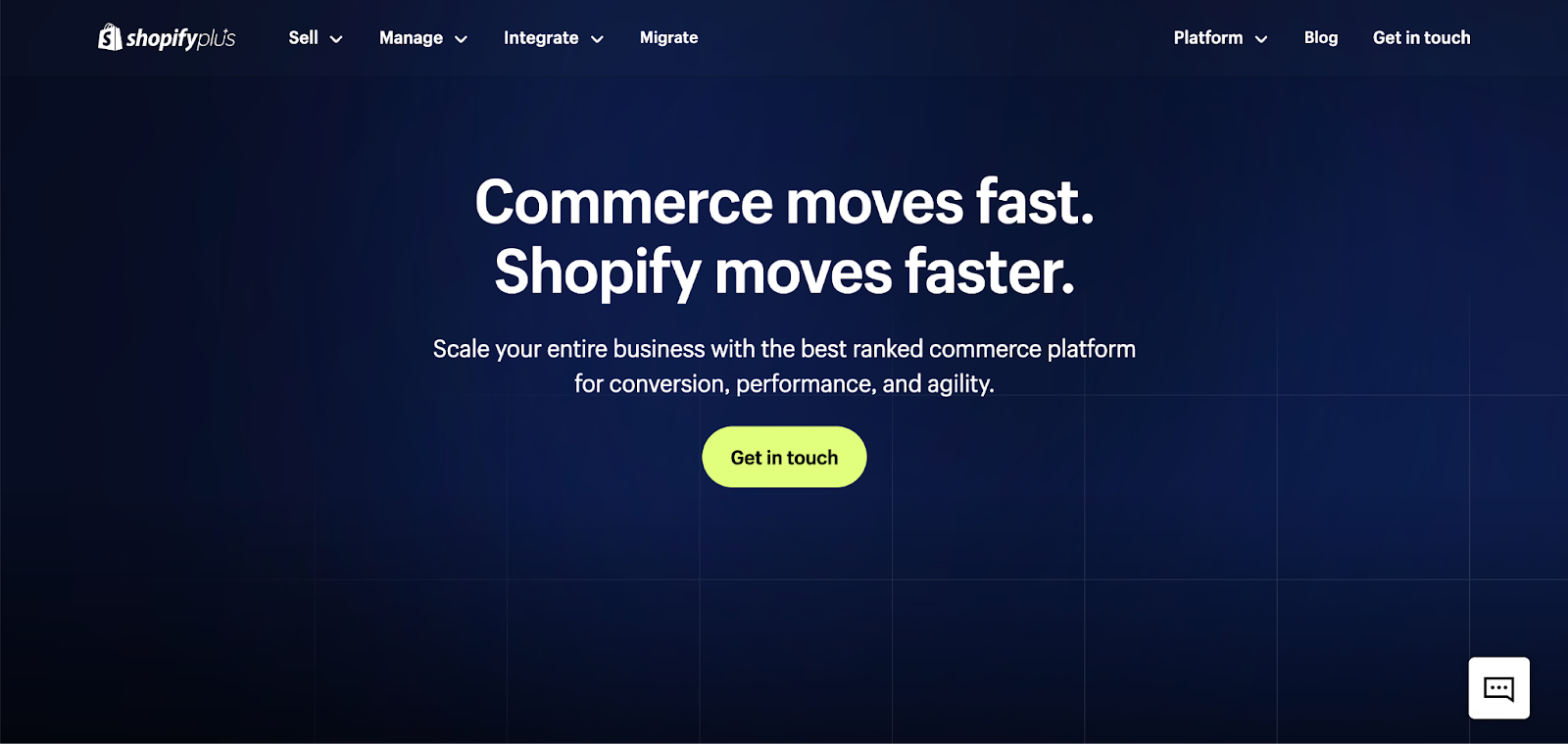
Enabling brands to establish digital storefronts with speed and scalability, Shopify Plus separates backend infrastructure from frontend interactions, offering control over buyer experiences. Developers benefit from freedom and flexibility. However, it may not be the optimal choice for complex enterprise e-commerce models.
Adobe Commerce (Magento)
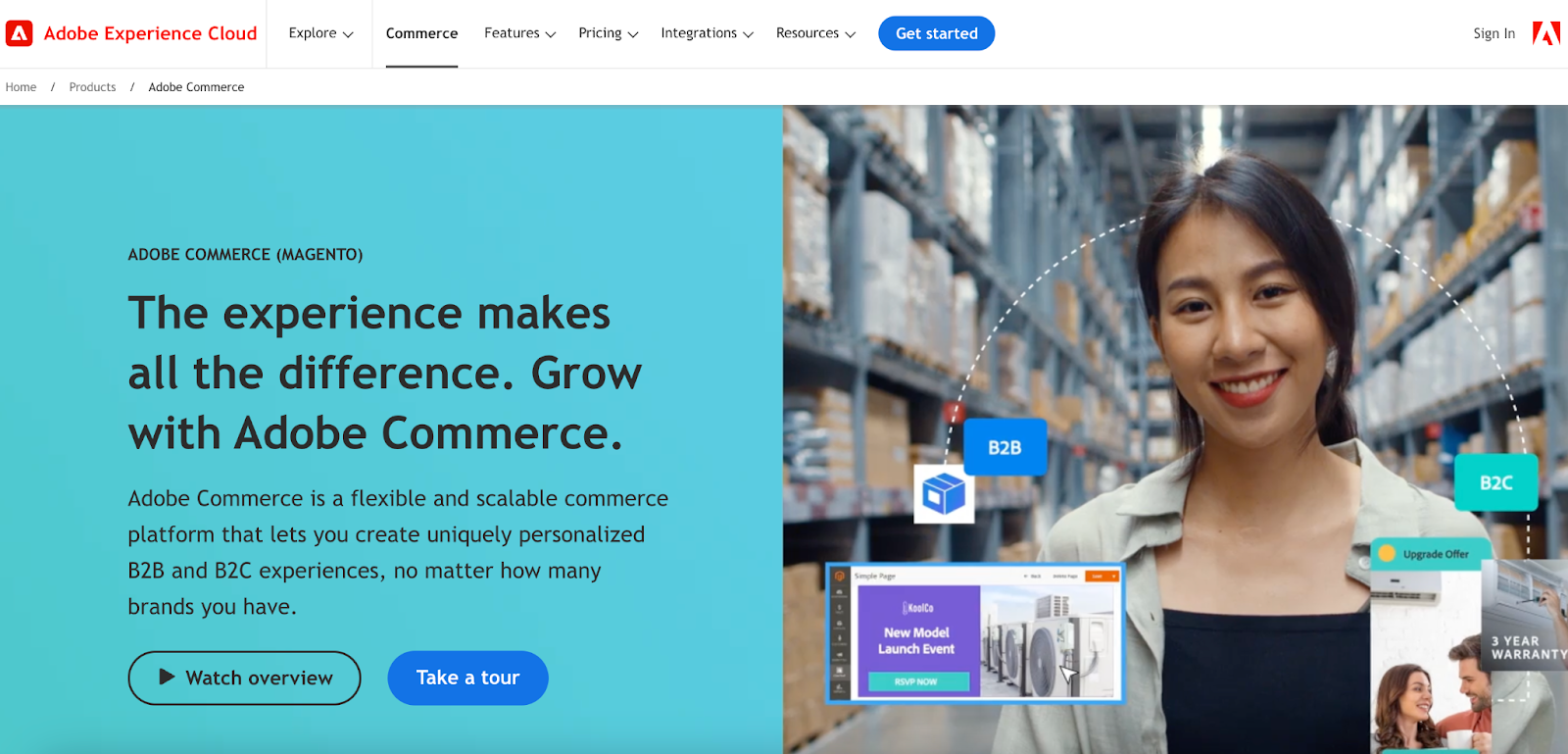
Adobe Commerce, formerly Magento, employs an API-based headless architecture, segregating customer, order, and product information processing. Decoupled layers communicate through REST or GraphQL APIs, allowing custom frontend creation. Expertise in Progressive Web App (PWA) technology is necessary, and Magento 1 users need to upgrade to version 2.3 for frontend work.
BigCommerce
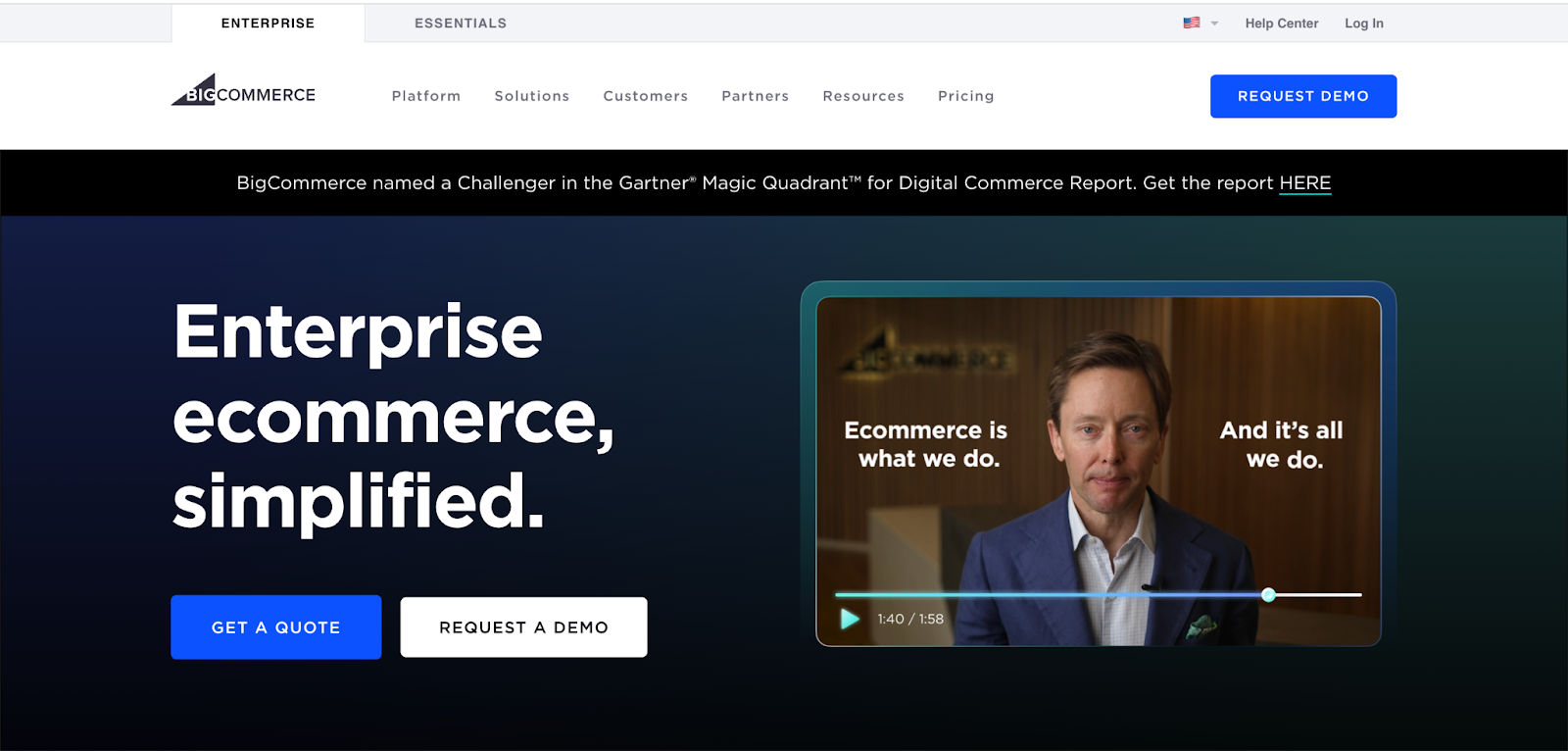
As a headless commerce solution, BigCommerce empowers businesses to craft high-performance customer experiences, supporting various front-end frameworks. It’s suitable for SMBs but lacks some core functions for enterprise businesses.
Salesforce Commerce Cloud

Salesforce headless commerce integrates Commerce Cloud with Mulesoft’s API capabilities, emphasizing AI. It offers solution kits and training but requires familiarity with PWA and Managed Runtime. Developers accustomed to Salesforce in a B2B context may face a learning curve for B2C-led e-commerce.
fabric Commerce Platform
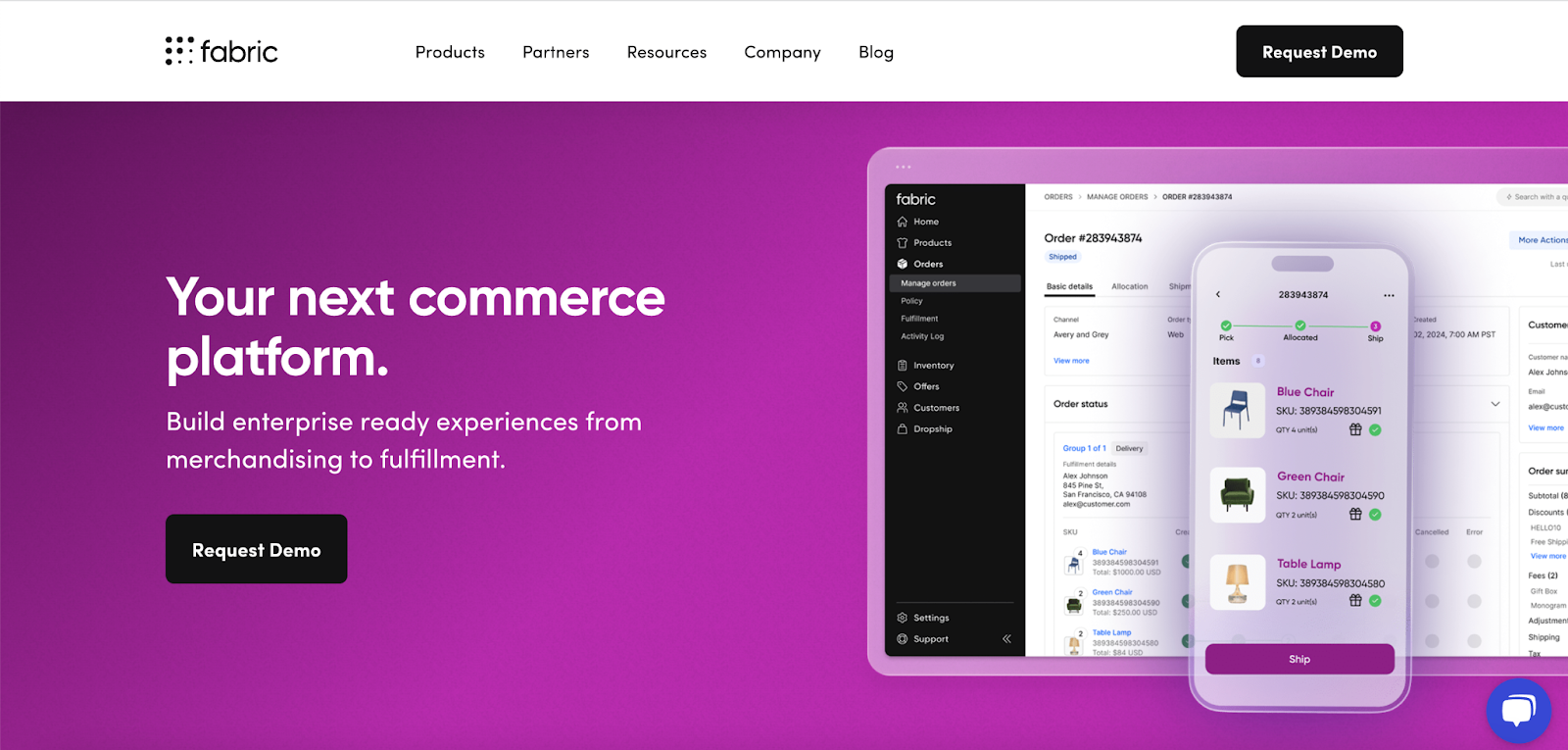
Fabric, developed by e-commerce pioneers, offers cutting-edge headless and modular technology tailored for top-tier retailers. This cloud-native solution provides a fully composable platform with a suite of commerce solutions and APIs, including OMS, Offers, PIM, and Dropship.
Trusted by brands like SNIPES, GNC, and Brooklinen, Fabric ensures unmatched shopping experiences for customers.
Conclusion
In conclusion, the rapid evolution of modern e-commerce, with a surge in mobile shopping, necessitates adaptation from retailers. Headless commerce emerges as a strategic solution, facilitating seamless experiences across sales channels and ensuring a consistent customer journey.





![Top 20+ Must-have Shopify Apps for 2025 [Free & Paid] - Mageplaza](https://cdn2.mageplaza.com/media/blog/must-have-shopify-apps/top-must-have-shopify-apps.png)
![[2025 Updates] Top 10+ Upsell Apps for Shopify - Mageplaza](https://cdn2.mageplaza.com/media/blog/best-upsell-shopify-app/cover.png)